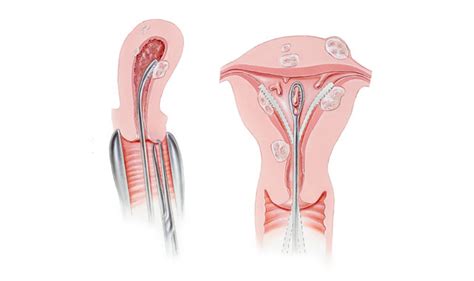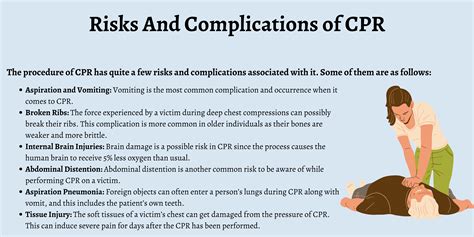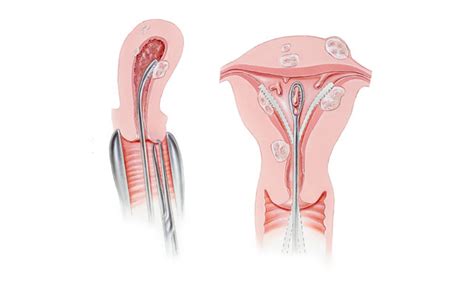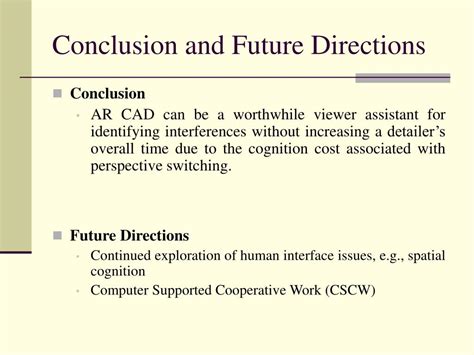Intro
Pregnancy termination is a highly debated and sensitive topic, with various methods and procedures available to women. One such method is the Dilation and Curettage (D&C) procedure, which is a common approach for terminating pregnancies, especially during the early stages. The importance of understanding the D&C procedure lies in its ability to provide women with a safe and effective means of terminating a pregnancy, while also highlighting the need for comprehensive reproductive healthcare and education.
The D&C procedure is a crucial aspect of women's health, as it allows for the removal of tissue from the uterus, which can be used for various purposes, including pregnancy termination, diagnosis of uterine abnormalities, and treatment of excessive bleeding. The procedure involves the dilation of the cervix, followed by the insertion of a curette, which is used to remove the tissue. This method has been widely used for decades, with advancements in medical technology and techniques leading to improved safety and efficacy.
The significance of the D&C procedure in modern healthcare cannot be overstated, as it provides women with a vital option for reproductive autonomy and freedom. With the ongoing debates surrounding abortion laws and access to reproductive healthcare, it is essential to educate women and healthcare providers about the available options, including the D&C procedure. By understanding the benefits, risks, and mechanisms of the D&C procedure, women can make informed decisions about their reproductive health, which is critical for their overall well-being and quality of life.
Dilation and Curettage Procedure

The D&C procedure is a relatively simple and straightforward method, which can be performed in a clinical or hospital setting. The procedure typically involves the following steps:
- The patient is prepared for the procedure, which may include the administration of anesthesia or sedation to minimize discomfort.
- The cervix is dilated using a series of dilators, which allows for the insertion of the curette.
- The curette is used to remove the tissue from the uterus, which may be suctioned out or removed manually.
- The procedure is typically completed within 10-15 minutes, although the duration may vary depending on the individual case.
Benefits of the D&C Procedure
The D&C procedure offers several benefits, including: * Effective termination of pregnancy: The D&C procedure is highly effective in terminating pregnancies, especially during the early stages. * Diagnostic capabilities: The procedure allows for the removal of tissue, which can be used for diagnostic purposes, such as detecting uterine abnormalities or cancer. * Treatment of excessive bleeding: The D&C procedure can be used to treat excessive bleeding, which can be caused by various factors, including hormonal imbalances or uterine abnormalities.Risks and Complications

As with any medical procedure, the D&C procedure carries certain risks and complications, including:
- Infection: The risk of infection is present with any invasive procedure, and the D&C procedure is no exception.
- Bleeding: Excessive bleeding can occur during or after the procedure, which may require additional treatment.
- Uterine perforation: The risk of uterine perforation is present, especially if the procedure is not performed correctly.
Preparation and Aftercare
To minimize the risks and complications associated with the D&C procedure, it is essential to follow proper preparation and aftercare instructions, including: * Avoiding heavy lifting or strenuous activities for several days after the procedure. * Taking medication as prescribed to manage pain and discomfort. * Attending follow-up appointments to ensure proper healing and to address any concerns or complications.Alternatives to the D&C Procedure

There are several alternatives to the D&C procedure, including:
- Medical abortion: This involves the use of medication to terminate the pregnancy, which can be taken orally or administered through injection.
- Vacuum aspiration: This procedure involves the use of a vacuum device to remove the tissue from the uterus.
- Surgical abortion: This involves the use of surgical instruments to remove the tissue from the uterus.
Reproductive Healthcare and Education
The importance of comprehensive reproductive healthcare and education cannot be overstated, as it provides women with the knowledge and resources necessary to make informed decisions about their reproductive health. This includes: * Access to safe and effective methods of contraception. * Education on reproductive anatomy and physiology. * Counseling and support services for women facing unintended pregnancies or reproductive health concerns.Conclusion and Future Directions

In conclusion, the D&C procedure is a vital aspect of women's health, providing a safe and effective means of terminating pregnancies and diagnosing uterine abnormalities. As the debate surrounding abortion laws and access to reproductive healthcare continues, it is essential to prioritize comprehensive reproductive healthcare and education, ensuring that women have access to the knowledge and resources necessary to make informed decisions about their reproductive health. Future directions in reproductive healthcare should focus on improving access to safe and effective methods of contraception, expanding education and counseling services, and promoting a culture of reproductive autonomy and freedom.
What is the D&C procedure?
+The D&C procedure, also known as Dilation and Curettage, is a medical procedure used to remove tissue from the uterus, often used for pregnancy termination, diagnosis of uterine abnormalities, and treatment of excessive bleeding.
What are the benefits of the D&C procedure?
+The benefits of the D&C procedure include effective termination of pregnancy, diagnostic capabilities, and treatment of excessive bleeding. It is also a relatively simple and straightforward procedure, with minimal risks and complications when performed correctly.
What are the risks and complications associated with the D&C procedure?
+The risks and complications associated with the D&C procedure include infection, bleeding, and uterine perforation. However, these risks can be minimized by following proper preparation and aftercare instructions, as well as attending follow-up appointments to ensure proper healing.
We invite you to share your thoughts and experiences related to the D&C procedure and reproductive healthcare in the comments section below. Your input and feedback are invaluable in promoting a culture of reproductive autonomy and freedom. Additionally, we encourage you to share this article with others who may benefit from this information, and to explore other resources and services related to reproductive healthcare and education. By working together, we can promote a culture of reproductive autonomy and freedom, ensuring that women have access to the knowledge and resources necessary to make informed decisions about their reproductive health.
